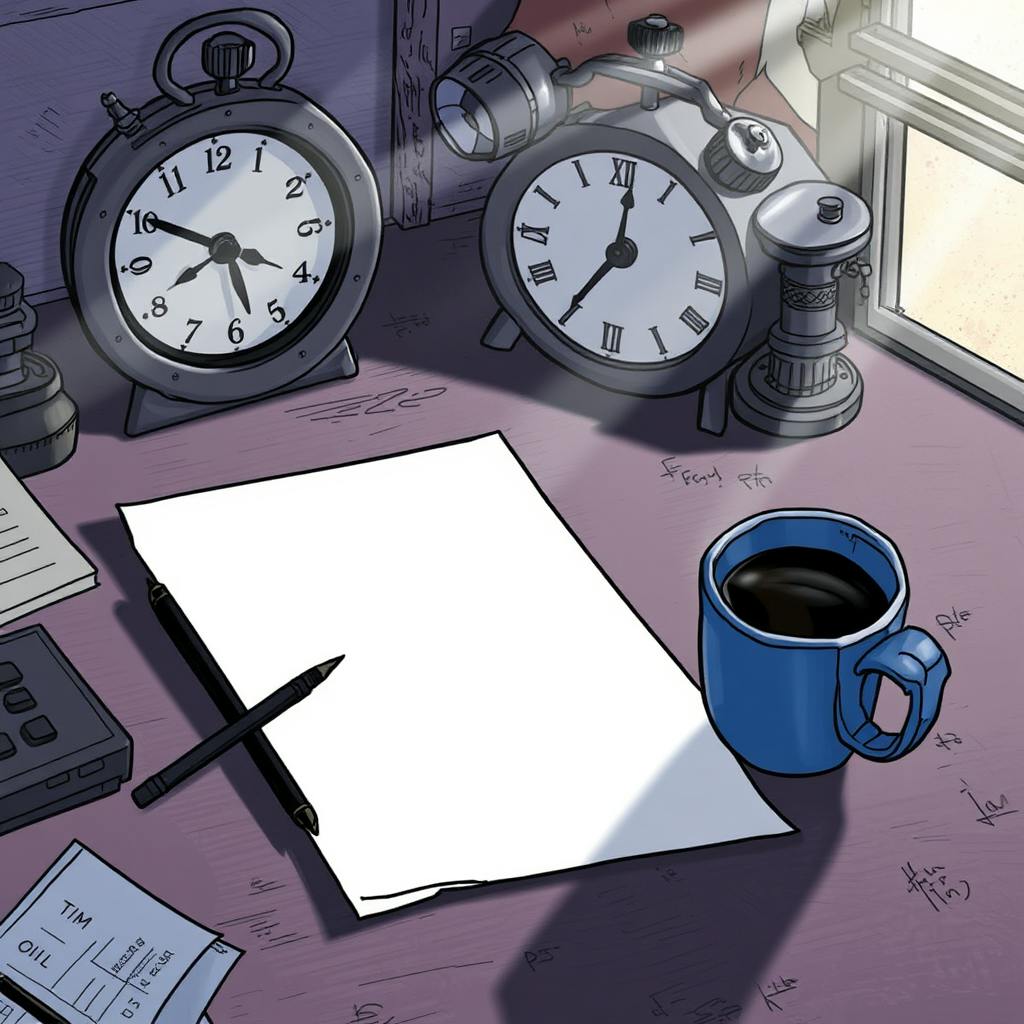In the world of literature, brevity holds a unique charm that can captivate readers in seconds. Flash fiction examples, micro fiction, sudden fiction examples, and sample flash fiction—these are not just short stories; they are a testament to the power of concise storytelling. In as few as 50 to 1,500 words, these compact narratives deliver a punch of emotion and insight that lingers long after the last word is read.
What is Flash Fiction?
Flash fiction is a genre of fiction characterized by its extreme brevity. Often under 1,000 words, these stories distill narrative elements to their essence. Despite their short length, flash fiction stories incorporate all elements of storytelling — character, conflict, and resolution — weaving a complete tale within a fraction of the time it takes to read a traditional short story or novel.
Why Should You Read Flash Fiction?
The appeal of flash fiction lies in its accessibility and impact. In a world defined by fast-paced lifestyles, flash fiction allows for a quick yet satisfying literary escape. Readers find themselves plunged into a new world as suddenly as they leave it, often with a deeper understanding or an unexpected twist that lingers in the mind. What’s more, flash fiction examples are perfect for readers seeking to explore various writing styles and genres without the commitment of a lengthy text.
Key Flash Fiction Examples
- Hemingway's Six-Word Story: Perhaps the most famous and often cited flash fiction example is Ernest Hemingway's six-word story: "For sale: baby shoes, never worn." In just six words, Hemingway evokes a poignant narrative of loss that leaves much to the reader’s imagination.
- "Sticks" by George Saunders: A master of sudden fiction examples, Saunders crafts a tale around a father and his eccentric behaviors that serve as a metaphor for familial bonds and unspoken emotions.
- "Girl" by Jamaica Kincaid: This piece of micro fiction reads almost like a poem and packs the complex relationship between a mother and daughter into a stream-of-consciousness monologue.
These examples demonstrate the art of crafting powerful tales with minimal words, showcasing the emotional and intellectual depth flash fiction can achieve.

AI made with Jordan Kotzebue
Frequently Asked Questions About Flash Fiction
What is the main difference between flash fiction and a short story?
Flash fiction is generally shorter than traditional short stories, often under 1,000 words. Short stories usually range from 1,500 to 30,000 words, giving writers more space to develop characters and plotlines. In contrast, flash fiction must grip the reader quickly and efficiently, sometimes relying heavily on implication and subtext.
Can flash fiction be used for all genres?
Yes, flash fiction spans all genres, from romance to science fiction, horror to historical drama. The brevity of flash fiction encourages writers to explore fresh ideas and lean heavily on creativity and innovation within any genre framework.
How can aspiring writers craft compelling flash fiction?
To write compelling flash fiction, writers should focus on a singular idea, moment, or emotion. Start in the middle of action or conflict and aim for an impactful ending. Since every word counts, revision is crucial to ensure each narrative element serves the larger story purpose.
FAQ: Flash Fiction Examples
What are some impactful examples of flash fiction?
Flash fiction, characterized by its brevity, often delivers stories in 1,000 words or fewer. This concise format challenges writers to convey complex narratives and deep emotions. Here are a few impactful examples:
- "Baby Shoes" by Ernest Hemingway (attributed): This six-word story, "For sale: baby shoes, never worn," is often cited as a quintessential example. Despite its brevity, it evokes deep emotions and allows readers to fill in the backstory.
- "The Dinosaur" by Augusto Monterros: This nine-word story, "When he woke up, the dinosaur was still there," leaves an indelible impression, sparking curiosity and interpretation.
- "Sticks" by George Saunders: In just a few hundred words, Saunders captures the complexity of family dynamics through the story of a father’s eccentric yard decorations.
How does flash fiction leave an impact on the reader?
Flash fiction’s power lies in its ability to evoke strong emotions or thoughts with minimal text. This format often utilizes:
- Economy of Language: Every word carries weight, forcing readers to engage actively, filling in gaps with personal insights.
- Open Endings: Many flash fiction stories conclude ambiguously, leaving room for interpretation, discussion, and reflection.
- Surprise Elements: Flash fiction frequently utilizes twists or reveals, resulting in a lasting emotional impact.
Can you provide examples of highly effective flash fiction?
Absolutely. Here’s a selection of potent flash fiction examples that highlight the genre’s versatility:
- "Girl" by Jamaica Kincaid: A single, powerful sentence structured as a list of instructions given to a girl, which encapsulates the experience of growing up under strict expectations.
- "The Paper Menagerie" by Ken Liu (the flash fiction components): Within this longer story, Liu uses flash fiction techniques to build poignant, self-contained moments that enhance the overarching narrative.
- "The Story of an Hour" by Kate Chopin - Although just over 1,000 words, Chopin’s story captures a lifetime of emotion in a short period, offering a swift yet profound exploration of freedom.

AI made with Jordan Kotzebue
Why is flash fiction a powerful storytelling format?
Flash fiction is a powerful storytelling format for several reasons:
- Accessibility: The brief format is approachable for both readers and writers. Stories can be consumed quickly, fitting easily into modern, busy lifestyles.
- Focus on Core Elements: Flash fiction strips away unnecessary details, allowing narratives to highlight essential themes and emotions, often resulting in a pure storytelling essence.
- Creativity and Experimentation: The constraints of flash fiction encourage writers to experiment with structure, perspective, and style. This often leads to innovative storytelling techniques.
- Memorability: Due to their succinct nature, flash fiction stories are often easier to remember and share, fostering memorable experiences that resonate with readers.
Conclusion
Flash fiction, with its striking economy of words, has become an increasingly popular form of storytelling. Whether you seek a quick yet meaningful read or aspire to craft your own tales, exploring flash fiction examples provides a gateway into this compelling literary form. These stories might be brief, but their power lies in lingering in the heart and mind long after the initial reading, proving that sometimes the smallest stories tell the most significant truths.

